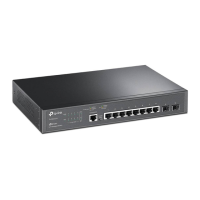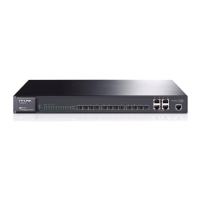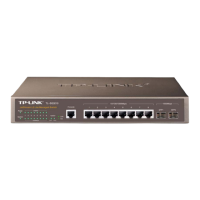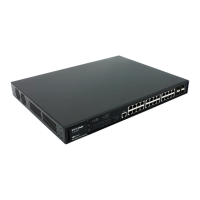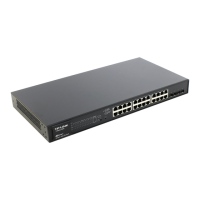138
9) option 55:Parameter Request List option. This option is used by a DHCP client to request
values for specified configuration parameters.
10) option 61:Client hardware address.
11) option 66:TFTP server name option. This option is used to identify a TFTP server.
12) option 67:Boot-file name option. This option is used to identify a boot-file.
13) option 150:TFTP server address option. This option is used to specify the address of the
TFTP server which assigns the boot-file to the client.
For particulars of DHCP option, please refer to RFC 2132.
9.1 DHCP Relay
The switch supports DHCP relay function, and in this section, DHCP relay function on this switch
will be introduced in detail.
Application Environment of DHCP Relay on T2500-28TC
In DHCP model, DHCP clients broadcast their DHCP requests, which requires the DHCP sever
and clients be in the same VLAN. Clients located in different VLANs with the DHCP server are
unable to obtain their IP addresses dynamically.
DHCP relay agent solves the problem. With the help of a relay agent, a DHCP client can request
an IP address from the DHCP server in another VLAN.
Details of DHCP Relay on T2500-28TC
A typical application of T2500-28TC working at DHCP Relay function is shown below. It can be
altered to meet the network requirement.
Figure 9-5 DHCP Relay Application
To allow all clients in different VLANs request IP address from one server successfully, the DHCP
Relay function can transmit the DHCP packets between clients and server in different VLANs.
When receiving DHCP-DISCOVER and DHCP-REQUEST packets, the switch will fill the
giaddr field with its own management IP address, optionally insert the option 82 information,
and then forward the packet to the server.
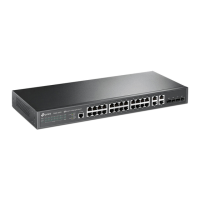
